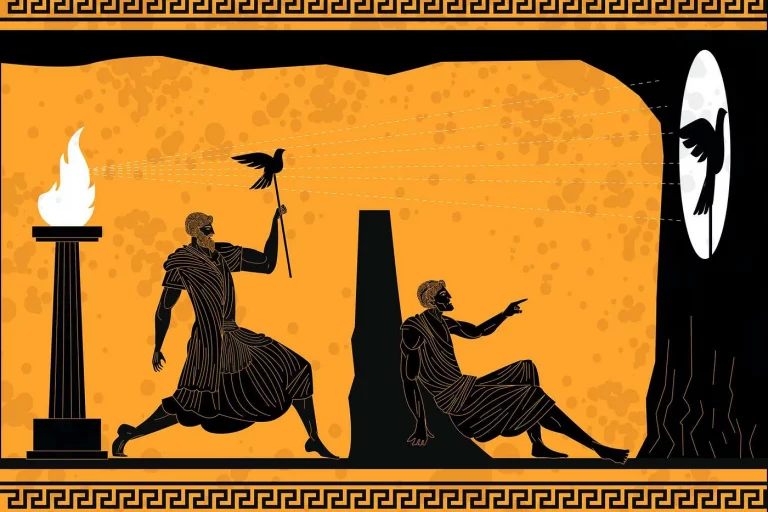Designing for context: the multiscreen ecosystem

In a long article, designer Avi Itzkovitch explains how, when connecting applications across smart devices, UX designers can create product ecosystems that dynamically respond to user contexts and thus provide enhanced experiences.
The author reviews various theories on the multiscreen ecosystem, including this one from Google:
“Michal Levin, a UX designer at Google, describes multiscreen ecosystems in terms of three main categories. The first is consistent experience, where the application and the experience are similar across all screens. […] The second category is the complementary experience, where devices work together and communicate with each other in order to create a unique experience. […] The third category of app ecosystems the continuous multiscreen experience, which is possibly the most important category for a contextual multiscreen design. For a continuous experience across several devices, UX professionals must evaluate when and where a product will be used in order to assess the optimal experience for the user at the time of use.”
Itzkovitch then continues by providing his own accumulated experience in understanding the basic context assumption for the various device types: smartphones, tablets, personal computers and smart TVs.



